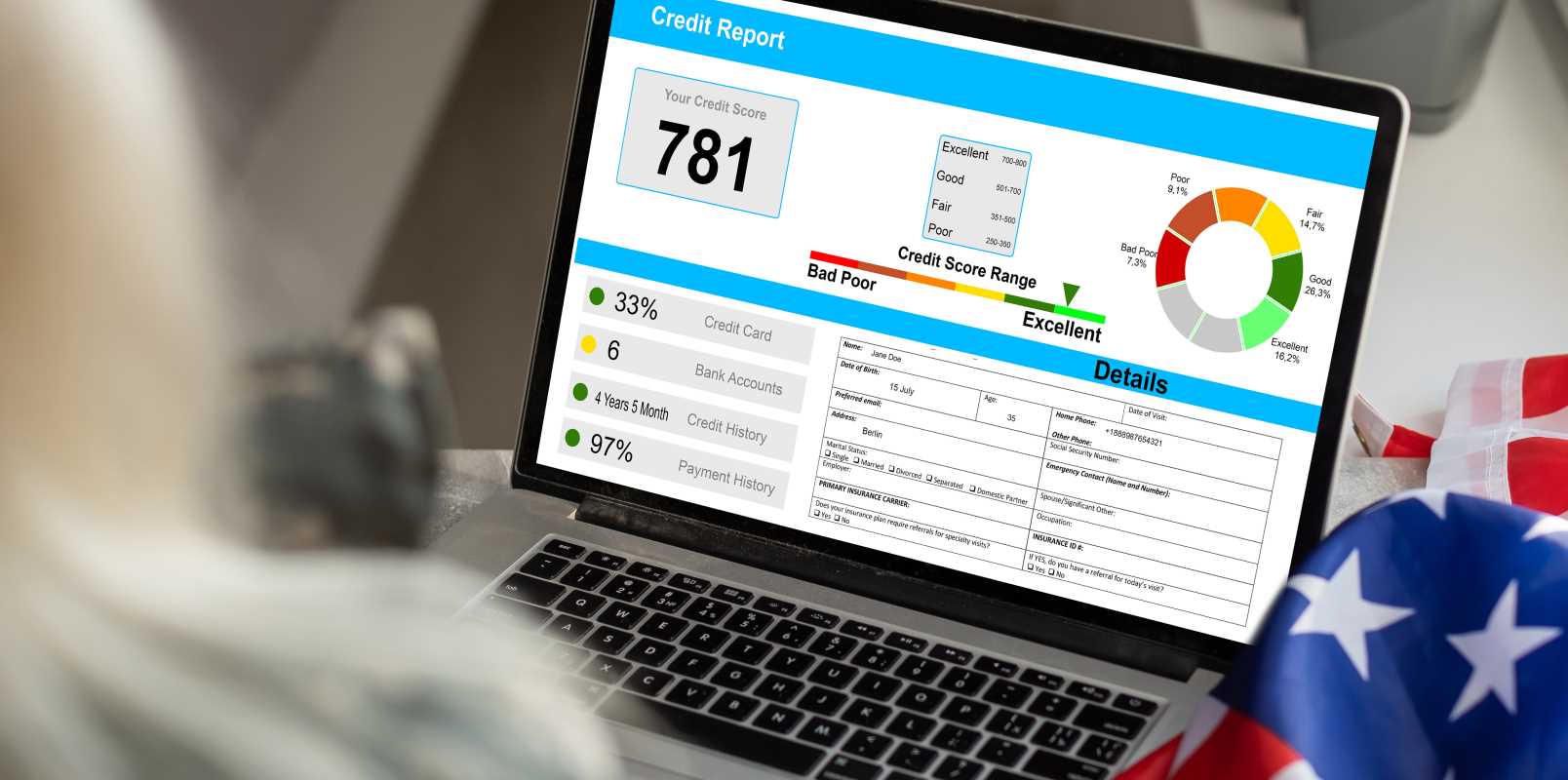Building a solid financial future often begins with saving for retirement as soon as possible. Making early contributions gives your money more time to grow, and even modest steps today can lead to greater security down the road. Establishing consistent habits and taking small actions now can make the process feel less daunting. Over the years, these efforts add up, helping you feel more confident about what lies ahead. By getting started sooner rather than later, you create opportunities for your savings to increase, laying a stable groundwork that supports your long-term goals and peace of mind.
Finding the right retirement plan involves understanding available options and tailoring them to your lifestyle. With a bit of research and ongoing curiosity, you can develop an approach that fits both your current needs and long-term dreams. It might seem tricky at first, but with a clear plan, you’ll navigate these decisions confidently.
Mastering the Basics of Retirement Accounts
When you choose a retirement account, pay attention to the details as much as the potential benefits. Understanding the differences between account types helps you pick the one that aligns with your goals. Below are some of the most accessible options:
- 401(k): Employers often offer this plan, sometimes with a matching contribution, which can boost your savings right away.
- Roth IRA: Contributions come from post-tax income, so withdrawals are usually tax-free during retirement, providing flexibility later on.
- Traditional IRA: You can potentially deduct contributions on your taxes, allowing for tax-deferred growth until retirement when you pay taxes.
You might also find other account types and plans available at financial institutions, but focusing on these popular options makes for an easier start. Each account has unique features, and understanding these differences helps you craft a strategy that impacts both your current situation and your future.
By analyzing fees, contribution limits, and tax implications across these accounts, you make informed decisions. Starting with one account type is fine, but gaining clarity on all options prepares you for smarter choices down the road.
Top Ways to Maximize Your Returns
A solid retirement plan needs active management and thoughtful choices. Use these tips to give your savings a steady boost in performance:
- Take advantage of any employer match – if your workplace offers matching contributions, contribute enough to earn that benefit. It’s essentially free money that adds up over time.
- Choose funds with low fees – watch out for fund fees that can eat into your savings over the years. Opt for funds with competitive fees to keep your growth on track.
- Set up automatic contributions – arrange recurring transfers so your savings grow without requiring monthly effort.
- Review and rebalance your portfolio – periodically check your investments to adjust your asset allocation. This helps keep your investments aligned with your changing goals.
Each tip might seem simple on its own, but together they foster a habit of proactive management. When you combine these actions, they can lead to greater financial gains, one thoughtful step at a time.
Consistent contributions made early and over time compound, making a real difference in your retirement funds. Along with these tips, regularly updating your knowledge and revisiting your plan are key steps for long-term savings success.
Common Mistakes to Watch Out For
Avoiding common pitfalls is just as crucial as knowing what to do. Here are some mistakes to steer clear of:
- Not taking advantage of an employer match – don’t miss out on free contributions from your company. Try to contribute at least enough to qualify for that benefit.
- Ignoring fees – high fees can reduce your progress over the years. Learn about fee structures and select cost-effective funds.
- Failing to adjust your plan – sticking with the same plan without reviewing it can hold you back. Regular check-ins let you respond to market changes or personal circumstances.
- Waiting too long to start investing – the sooner you begin, the more time your money has to grow. Even modest contributions benefit greatly from compound interest.
Recognizing these mistakes helps you prevent setbacks before they happen. Instead of feeling discouraged, view each mistake as a lesson guiding your future decisions.
Proactive planning and taking deliberate steps keep you on track. Small course corrections maintain momentum and prevent long-term financial setbacks.
How to Diversify Your Retirement Portfolio
Building a mix of investments can lower risks and improve your overall financial results. You might consider ways to maximize returns by spreading your money across different asset types. This strategy helps protect your portfolio from unexpected market swings.
For example, include both stocks and bonds, and consider alternative investments if they match your comfort level with risk. Adjust your allocation as you approach retirement, gradually reducing exposure to volatile markets. This blend can perform well during both economic rises and downturns.
Review your asset mix regularly to ensure your investments stay balanced. It also allows you to seize emerging opportunities and reduce risks associated with market changes. Sometimes, you need to shift investments from one sector to another to maintain diversification.
Start by researching different investment options and assess how each aligns with your overall goals. This approach helps you develop a strong structure that adapts as your financial situation evolves over time.
Developing Good Habits for Long-Term Success
Consistent financial habits can lay a strong foundation for retirement savings. Create a budget that includes regular contributions and set reminders to review your accounts periodically. Making steady efforts turns short-term actions into lasting benefits. Routine work may seem small, but it leads to meaningful results over time.
Tracking your progress and setting small milestones helps you stay focused. Use digital calendars or dedicated saving apps to monitor your efforts. Even a simple spreadsheet provides a clear picture of your growth. Seeing steady progress keeps you motivated to continue.
Learn about different investment options regularly. Reading current articles or discussing your plan with a financial advisor can give you new insights. The more you understand, the more confident you become in managing your finances.
Small improvements add up, so be patient and celebrate your achievements. Remember, building sound financial habits takes time, and each step you take today prepares you for a better tomorrow.
Your path to a comprehensive retirement plan begins with clear actions now. Keep your decisions focused and let each choice lead to financial peace. Start today and see how small changes create significant results.
Stay active, avoid common mistakes, and let dedication move you closer to a secure future. Consistent effort leads to lasting rewards.







